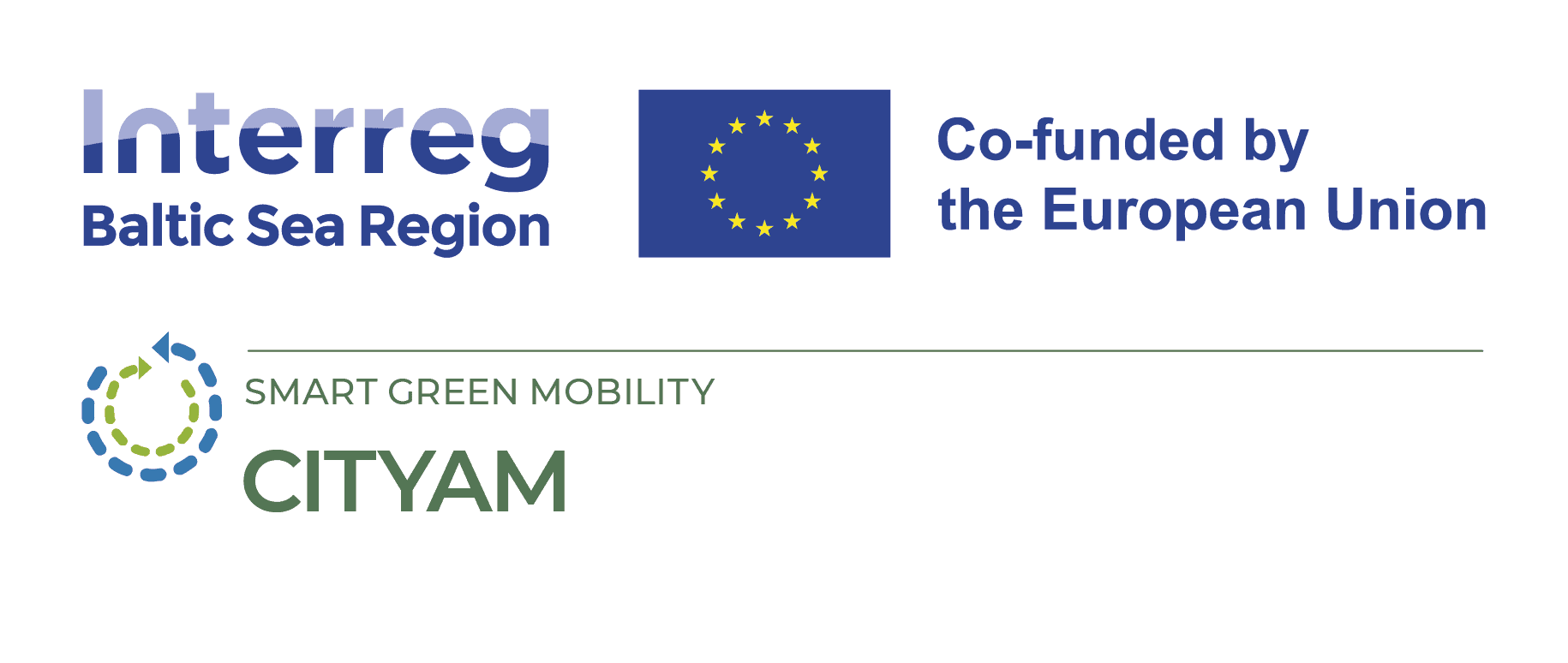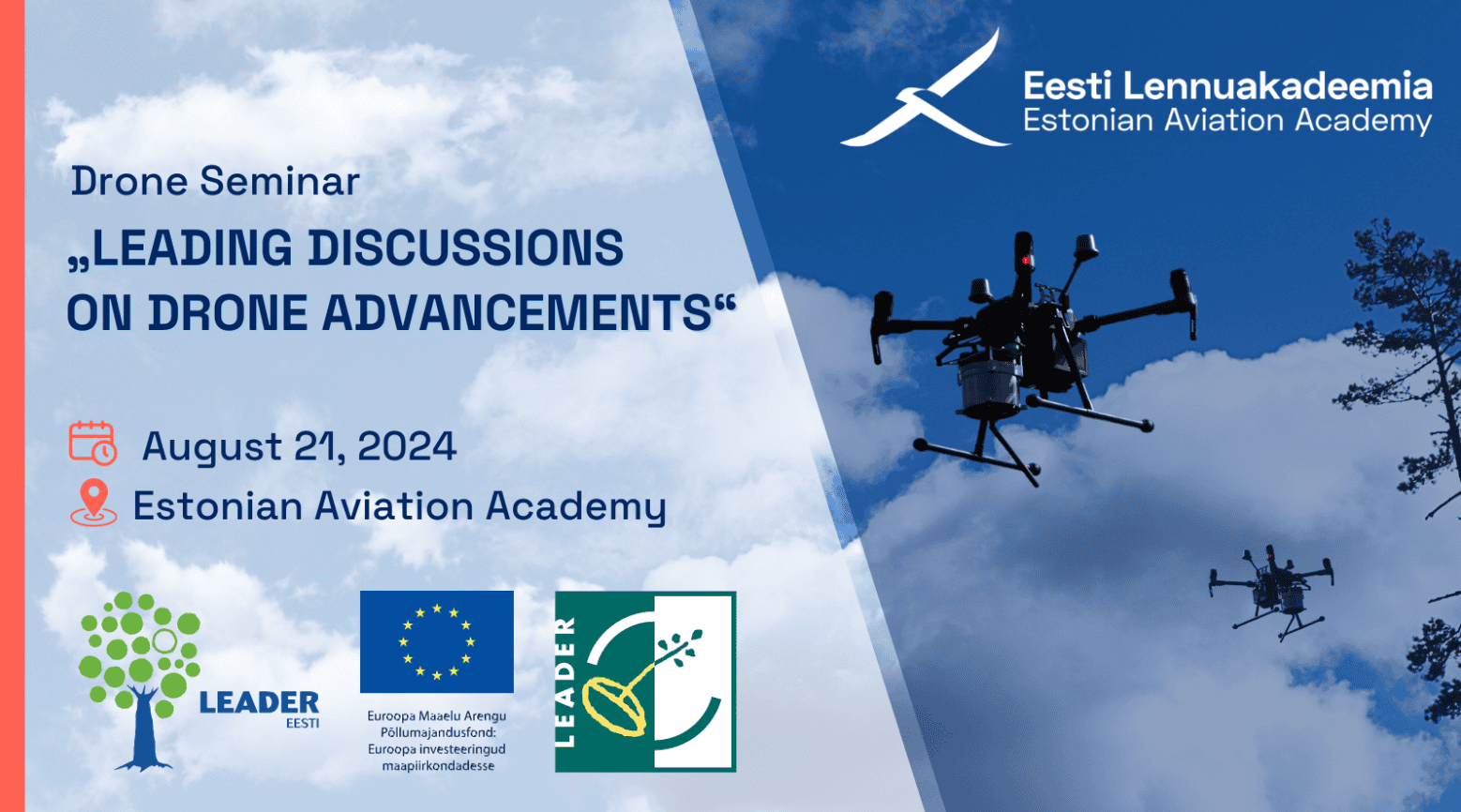
CITYAM helps cities to adapt to the increase of urban air mobility
15 August 2024
Urban Air Mobility and drone usage are increasing, and cities need tools and plans to manage this growth. In cities like Helsinki or Amsterdam, the amount of drone flights is already around 30–40K per year, and new use cases are constantly being explored. Yet, few cities have strategies, policies, or procedures in place.
With European Union funding, the CITYAM project helps urban areas in the Baltic Sea Region find responsible and acceptable ways to use drones as part of a more sustainable transportation system. Partnering cities are Helsinki, Stockholm, Hamburg, Riga, Tartu, and Gdansk supported by research and expert partner organisations.
Learnings from the first year and a half
During its first year and a half, the project mapped use cases, conducted Europe’s largest citizen surveys, piloted drone services in Hamburg Port, and created a tool for finding landing sites. The project team has also built urban air mobility networks of experts, city employees, and decision-makers in the six partnering cities.
“The capacity building work that all partners have already done in a wide range of city departments has been impressive. The transnational knowledge transfer has been crucial to developing a joint understanding of the drone topic,” says project coordinator Renske Hartikka-Martijnse from Forum Virium Helsinki.
Because Urban Air Mobility is still so new, awareness raising has been and will be a central part of the CITYAM project.
Finding landing sites and creating strategies
To help spatial and traffic planners prepare for drones, CITYAM has developed a GIS tool to assist in selecting suitable landing sites. This work aligns with permit processes and supports investments in digital and physical infrastructure.
The tool was developed by the National Land Survey of Finland and Aalto University as part of the CITYAM project.
“We are eager to test the landing site planning and selection support tool in real-life situations at various city departments,” says Eija Honkavaara from the National Land Survey of Finland.
During the latter part of the project, the CITYAM team is building a roadmap for Urban Air Mobility strategies. It will guide cities through a step-by-step approach to this new form of transport: which stakeholders to engage, regulations to address, technology considerations, business aspects, and stimulating drone service development.
How acceptable are drones?
A major project achievement was the Public Acceptance Survey, which received nearly 5,000 responses from six cities and is Europe’s largest drone acceptance survey to date.
“It allows us to identify problem areas in each city and make interesting comparisons between different countries,” says Silver Stemfelt from Tallinn University of Technology. Stemfelt coordinated the survey work and analysed the results.
During autumn 2024, each city will conduct another round of surveys, focusing on the acceptance of the specific piloted use cases. The results will be used to create a public acceptance toolbox for all cities around the Baltic Sea Region.
“We are curious about the results of the next public acceptance survey round and how they compare to previous ones. Will people change their opinions after experiencing our pilots or other drone flights?” Martijnse-Hartikka asks.
Piloting new use cases
During the project, cities have identified various drone use cases beneficial for urban areas. Two pilots are already underway in Hamburg and Stockholm: one on drone surveillance and monitoring in Hamburg Port and another on herding geese away from Stockholm’s beaches. More pilots will follow in Helsinki and Stockholm after summer 2024.
Over the next year and a half, CITYAM will continue raising awareness, building readiness, and transferring knowledge about urban air mobility. Additional pilots are planned for the near future and the partner cities of Tartu, Riga and Gdansk will get actively involved in replication activities of all the tools and outputs.
To know more about the current activities, follow CITYAM on LinkedIn!






